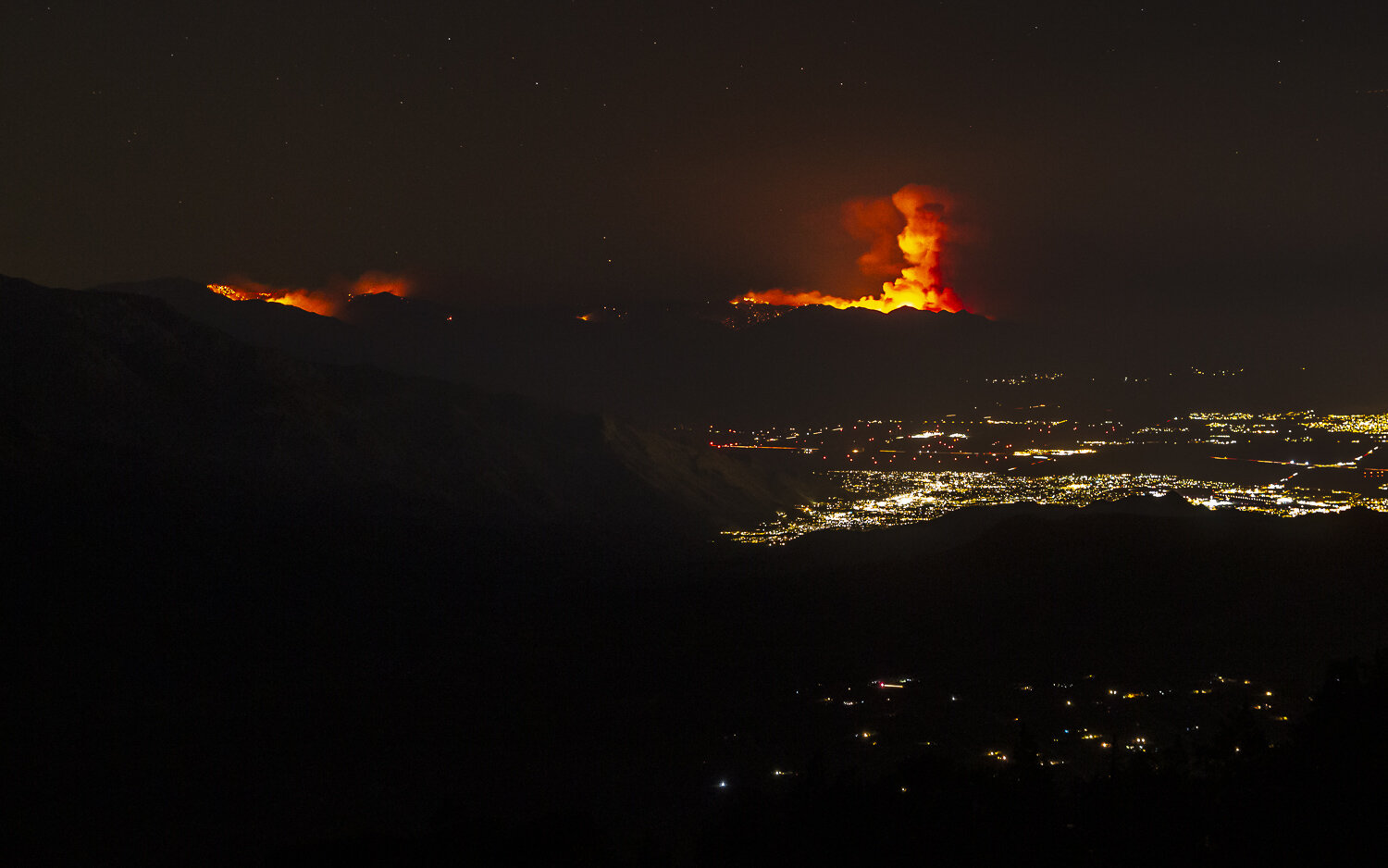
Coachella Valley Fire Followers
Wildfires can have profound effects on the landscape: rejuvenating vegetation and providing new habitat, or destroying ancient ecosystems and displacing endangered species.
As wildfires become ever larger and more intense, it's worth remembering that much of California, even some parts of the desert, are adapted to fire through millions of years of evolution and thousands of years of cultural burning practices. Wildfire is not always a disaster - it can be an important part of the renewal of our environment. Being able to tell the difference between good fires and disasters will be a vital part of building a more resilient future.
Here’s how to participate:
Observe
Hike trails in and around the Coachella Valley with a recent history of wildfire. Visit the project map to see what areas are included. Take note of the plants and animals you see. Are new shoots sprouting from charred trunks? Are there signs of animals from before the fire that may have left the area?
Record
Take a picture with your smartphone or camera. Try to get as close as possible, without scaring critters away, and take pictures from multiple angles. You can also record bird sounds with your phone.
Use caution when exploring. Recently burned trees overhead may be prone to collapse, and the terrain may be uneven. Always obey posted fire closures.
Share
Using a free iNaturalist account, upload and connect with the community to learn more about your discoveries! Tap the badge below to download the free app from your app store and create an account to get started.
California Barrel Cactus (Ferocactus cylindriceus) in the Smoketree Fire (2020) burn area
Next Steps
The Coachella Valley Fire Follower project is based on boundary data gathered by government natural resource agencies since 1990. For a full list of fires included in the project and additional information on each, visit the link below:






